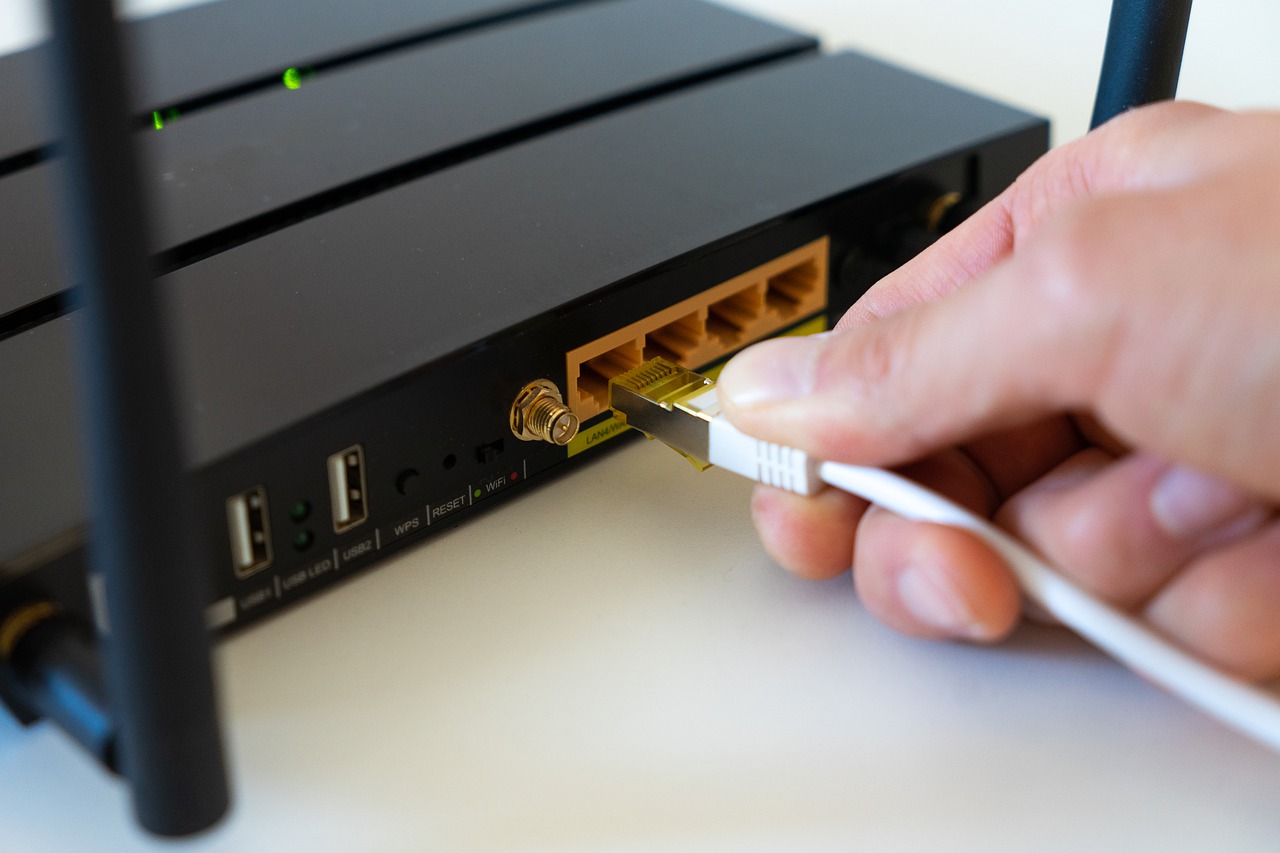
What is DNS Traffic on WiFi? Complete Guide
Did you ever wonder what is DNS traffic on WiFi? The internet is a network of computers and routers that can be shared by many people. However, you should always remember to protect your privacy whenever you are using a public Wi-Fi network. Depending on the security features you enable, other users can intercept your DNS traffic. While you can't protect the traffic from others, you can use Secure Socket Layer and private address masking to protect your data. Often, you think of DNS in terms of the World Wide Web, but it's used for almost every type of network…








